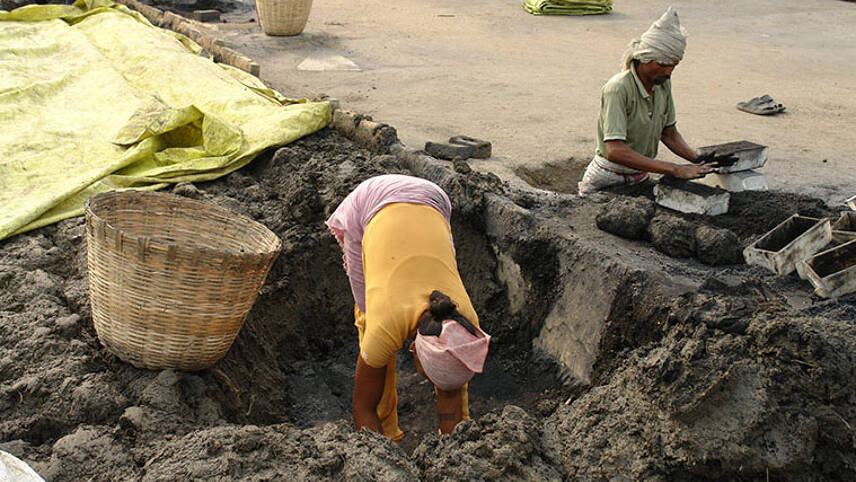Register for free and continue reading
Join our growing army of changemakers and get unlimited access to our premium content

Image: ILO
This is according to the ‘Profits and Poverty: The Economics of Forced Labour’ report by the International Labour Organisation (ILO).
The report reveals that the total amount of illegal profits from forced labour has risen by $64bn in the last decade— a rise attributed to both an increase in individuals forced into labour and higher profits from exploitation.
The report highlights an increase in the number of people engaged in forced labour, reaching 27.6 million individuals on any given day in 2021, with an increase of 2.7 million individuals between 2016 and 2021.
According to the report, traffickers and criminals are now making nearly $10,000 per victim, an increase from $8,269 (adjusted for inflation) a decade ago.
Europe and Central Asia top the list with $84bn in annual illegal profits, followed by Asia and the Pacific region with $62bn, the Americas with $52bn, Africa with $20bn, and the Arab States with $18bn.
Almost three-quarters (73%) of these total profits are linked by the ILO to forced commercial sexual exploitation. This is despite the face that only one in three people caught in forced labour globally are involved in sex-related trades.
The report explains this huge disparity in profits per victim between forced commercial sexual exploitation and other forms of forced labour, as $27,252 are made in profits for the former compared to $3,687 for the latter.
ILO’s director-general Gilbert F. Houngbo said: “People in forced labour are subject to multiple forms of coercion, the deliberate and systematic withholding of wages being amongst the most common.
“Forced labour perpetuates cycles of poverty and exploitation and strikes at the heart of human dignity. We now know that the situation has only got worse.
“The international community must urgently come together to take action to end this injustice, safeguard workers’ rights, and uphold the principles of fairness and equality for all.”
Combatting forced labour
The industrial sector generates the highest annual illegal profits from forced labour, at $35bn, followed by services ($20.8bn), agriculture ($5bn) and domestic work ($2.6bn).
To help combat this trend, the report emphasises the urgent need for investment in enforcement measures to disrupt illegal profit flows and hold perpetrators accountable.
The key recommendations include strengthening legal frameworks, providing training for enforcement officials, extending labour inspections into high-risk sectors, and enhancing coordination between labour and criminal law enforcement.
However, the report underscores that combatting forced labour requires more than just law enforcement measures. It calls for a comprehensive approach that addresses root causes and prioritises the safeguarding of victims.
Last week, the EU member states reached an agreement to progress the Corporate Sustainability Due Diligence Directive (CSDDD) – a landmark new law that will require businesses to take more responsibility for labour and human rights violations in their supply chains. However, the Directive was significantly watered down, narrowing its scope from more than 10,000 businesses to around 5,300, in a bid to get it past fierce opposition.


Please login or Register to leave a comment.